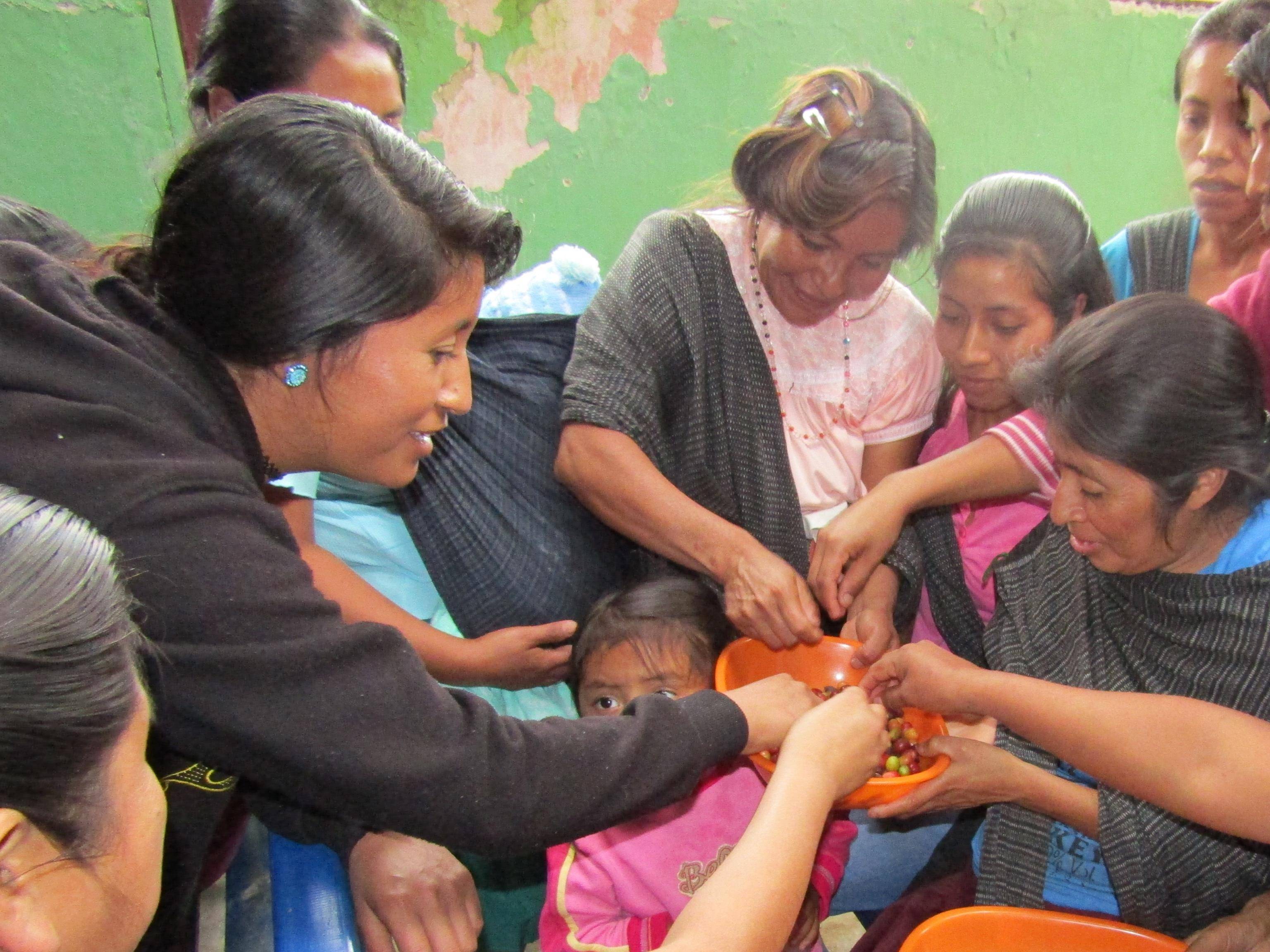The Groasis Ecological Water Saving Technology consists of 5 building blocks:
1) Growboxx®/Waterboxx® plant cocoon
intelligent bucket
Provides water to a tree and vegetables while creating a healthy micro-climate. Both boxes use 90% less water and provide a survival rate of +90%.
2) (Bio)Growsafe Telescoprotexx
protects plants
Plant protector against heat, frost, wind, (sand)storms, and grazing animals. Protects plants and speeds up to plant growth. Available in carton or polypropylene.
3) Growmaxx Mycorrhizae
assists and/or replaces fertilizer
Fungi that feed the plant and support a healthy root system. Fertilizers contain salt and in dry soil often burn the roots. Mycorrhizae replace expensive fertilizers (natural alternative) while supporting faster plant.
4) Capillary Drill
elevates planting productivity
Machine used to accelerate making planting holes while leaving the capillary system intact. Digging planting holes by hand takes 15 min/hole (32 – 40 holes/day). Capillary drill makes 6.000 holes per day.
5) Terracedixx
increases water infiltration
Machine is used to make mini-terraces to stimulate increased rainwater infiltration into the soil. Currently just 25% of (rain)water enters the soil in degraded areas, by using the Terracedixx up to 90% is harvested.
Each one of the 5 steps may be taken individually. One can only use the Growboxx® plant cocoon and leave the rest.
E.g. instead of Growsafe plant protector, use fencing.
Instead of the mycorrhizae use fertilizer.
Instead of the Capillary drill make the planting holes by hand.
Instead of using the Terracedixx built terraces by hand.
Until now Groasis has sold its technology in 42 countries that are harrased by drought. Aside of all the technological inventions, three main subjects are very important:
1) Training. It turns out that users immediately adapt the technology. But it has to be explained at least one time.
2) The right species on the right place. One cannot plant an apple tree in the Kuwaiti desert, and not a mango tree in the Northern European countries. The chosen species has to be able to adapt to the climate.
3) The right variety of vegetables. It turns out that we find immense differences in productivity between varieties. E.g. under the same circumstances one tomato variety produces 20 kilos per Growboxx® and another variety produces 50 kilos per Growboxx®. It is important to test varieties before scaling up.
